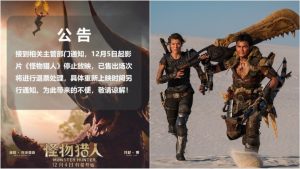In today’s post-pandemic reality, the virtual realm offers limitless and safe ways for luxury houses to connect with consumers in China and beyond.
Not long ago, the virtual world was a go-to setting for dystopian science fiction films. But in today’s post-pandemic reality, where consumers demand physically-disconnected & emotionally-connected interactions with brands, the virtual world offers limitless possibilities to luxury houses.
For now, there is a tremendous opportunity for luxury brands to define what a luxury experience should look like in the virtual world. And brands that master the characteristics of the virtual world will engage even passive followers and develop positive consumer perceptions.
Luxury powerhouses Louis Vuitton and Burberry are already designing memorable experiential interactions. These brands immerse the shopper in an alternative reality, where the most pleasurable experiences are enhanced, and shopping becomes an extension of themselves.
Another example is Christian Dior. The French Maison used VR headsets to offer luxury customers a “behind-the-scenes peek into exclusive fashion shows.” And according to Certona, selected shoppers were invited to test the company’s VR headsets and view the haute couture collection in Paris from a Christian Dior boutique on a different continent.
But luxury powerhouses aren’t the only ones building individualized experiences through VR and AR. China’s automotive industry is using VR to create safer and more enjoyable experiences. Toyota has designed the TeenDrive 365 VR simulator, which helps teenage drivers stay safe on the roads, while Jaguar Land Rover has equipped some of its dealerships with VR headsets.
Fo its A Walk in Their Shoes campaign, the ethical brand TOMS Shoes used VR headsets to take fans on an emotional journey. The adventure follows a TOMS customer to Colombia, where he interacts with a child who benefits directly from his shoe purchase. Read the full article here





